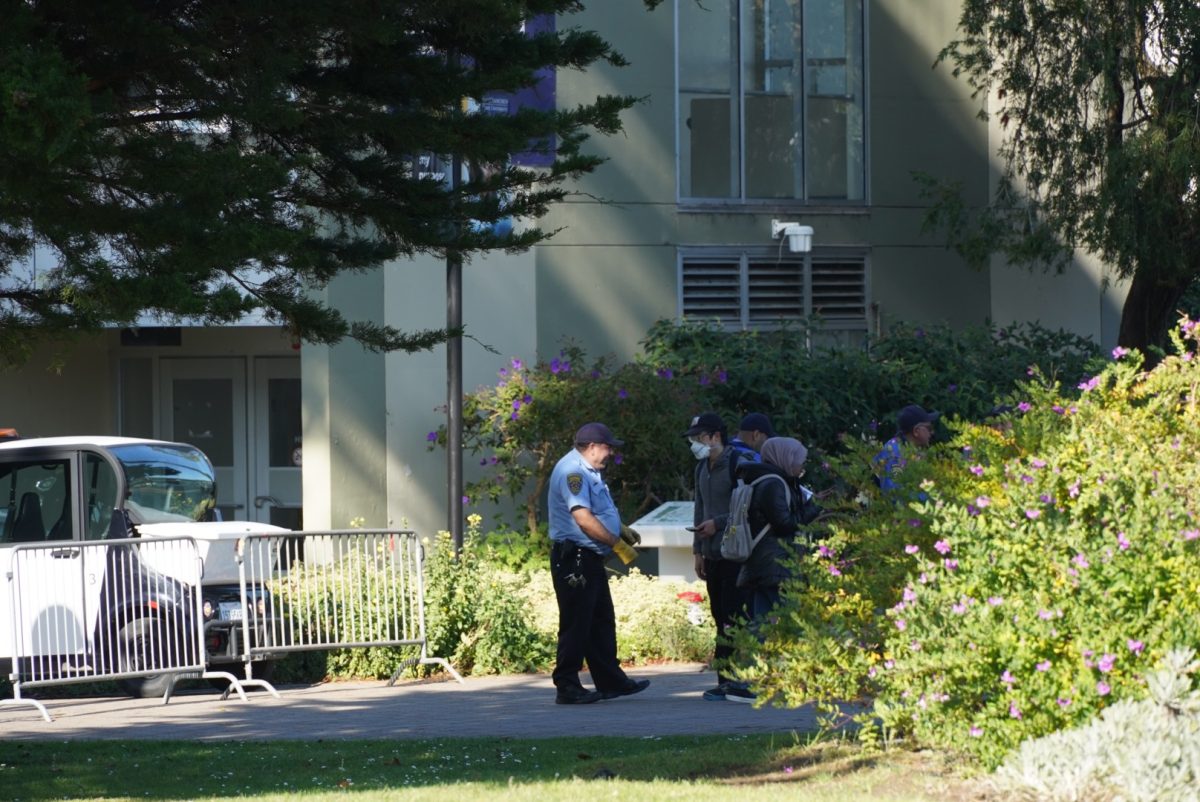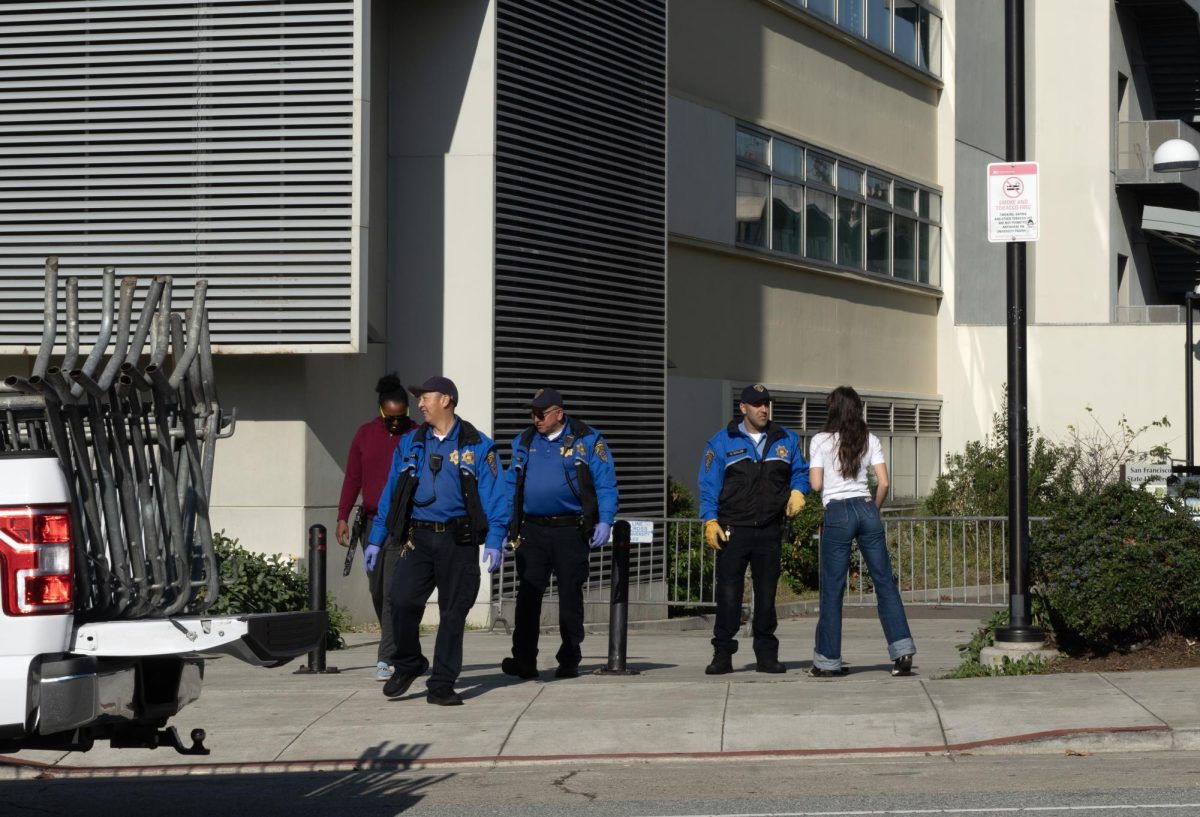Despite slow yet steady progress toward rising graduation rates in the California State University system, there are still significant graduation inequities found in SF State’s student body.
Even during the pandemic, SF State has seen increased graduation rates among nearly all freshmen and transfer students, which follows the overall graduation trend being reported by the CSU system. However, it still doesn’t look like SF State will reach the CSU’s goals by 2025, especially in reducing the opportunity gap between underrepresented minorities and non-underrepresented minorities.
“It is very likely that we are not going to meet our goal… but that is not the point,” said Sutee Sujitparapitaya, associate provost of Institutional Analytics. “It is not about how fast you get to the finish line, it is about how much you have helped students to graduate.”
SF State has adopted several areas of focus in the hopes of meeting this goal, such as improving first-year experience for freshman and greater course availability. One of its biggest priorities has been an overhaul of the advising system, transforming it from a reactive system to a proactive one.
These changes are in an effort to comply with the CSU’s Graduation Initiative 2025, which began in 2015 as a 10-year goal across its 23 schools to raise graduation rates among undergraduate first-year students and transfer students.
Using a grant secured pre-pandemic through the Stupski Foundation, a plan was set in motion to hire more advisors with a special focus on first-year students and students close to graduation. Beginning Fall 2020, all undeclared and first-year students were able to have an academic advisor assigned to them for the first time.
Kimberly Altura, associate dean of undergraduate education and interim director of the Undergraduate Advising Center, said that although the transition to fully remote advising was daunting, the prior steps taken by SF State in moving some services online enabled the process to translate smoothly to a virtual platform.
“So about 1,000 more advising appointments happened this January than happened last January… and I would like to think it’s because we’ve been so accessible and available to students,” Altura said.
Along with the goal of rising graduation rates comes the goal of eliminating the opportunity gap between students of underrepresented minorities, which the CSU system identifies as American Indian, Black/African American and Hispanic/Latino students and non-underrepresented minorities, which includes all other students.
“The opportunity gap is the most important part of the graduation initiative to me,” said Lori Beth Way, dean of Undergraduate Education and Academic Planning and co-chair of the Student Success and Graduation Initiative. “We should not be graduating our students at different rates. And if we are, that is not a problem of our students, but of the institution.”
In 2018, the opportunity gap was measured at 7.9%, followed by a vast decrease in 2019 to 0.80%. However, in 2020 it leapt back up to 9.7%.
To eliminate the opportunity gap between underrepresented minority students and non-underrepresented minority students, both groups would have to achieve the same graduation rate, which, according to Sujitparapitaya, is extremely challenging. This can be caused by both rates rising simultaneously with one at a more rapid rate.
“It is almost like a moon and star have to align,” Sujitparapitaya said.
In an effort to lessen the opportunity gap, as a part of the graduation initiative, SF State added the Black Unity Center, Dream Resource Center, along with the Queer and Trans Resource Center .
Both Altura and Way said that student success initiatives are working alongside these centers to provide academic support in ways that feel inclusive. For example, in Fall 2020, a registration workshop hosted by Black advisors specifically for Black students was held in partnership with the Black Unity Center.
Regarding the strategy needed to fully eliminate the opportunity gap, Way said, “We get there by doing better. I think by transforming our classrooms and our institution to not continue to be a bastion of white supremacy, to be frank.”












